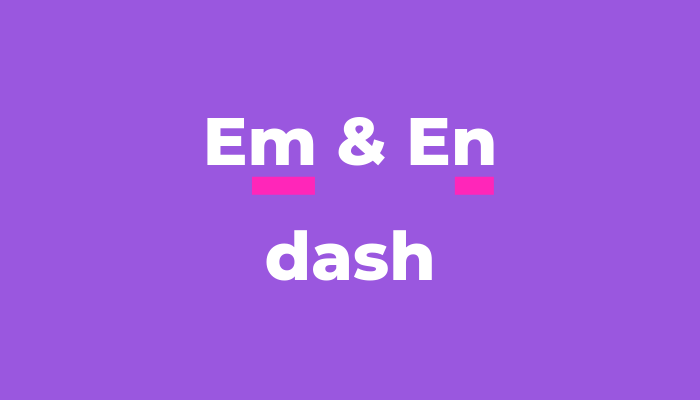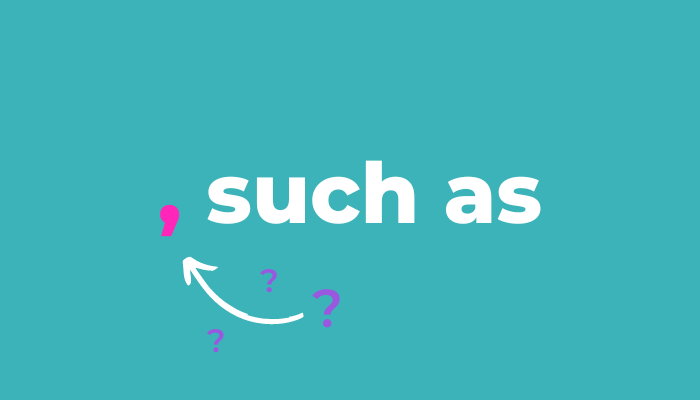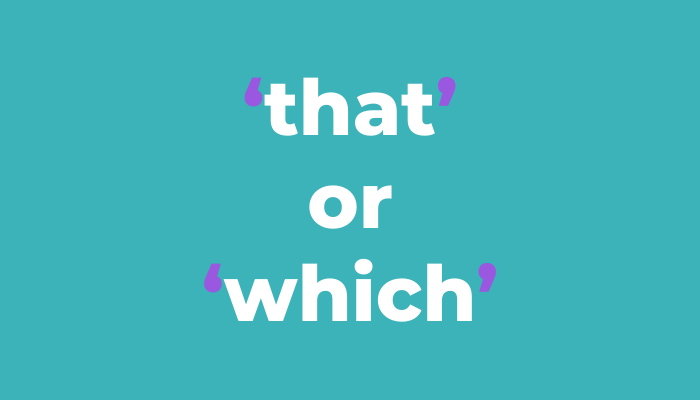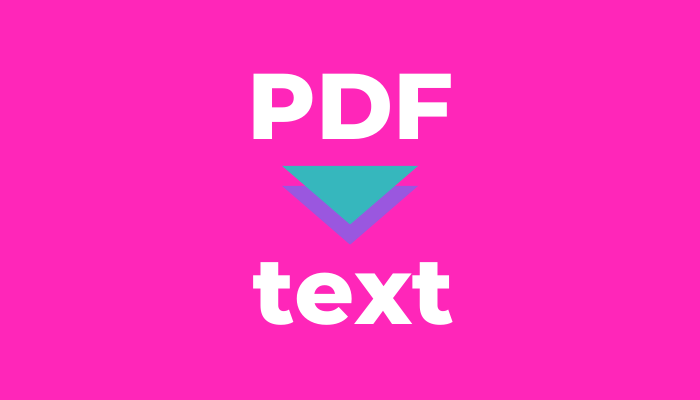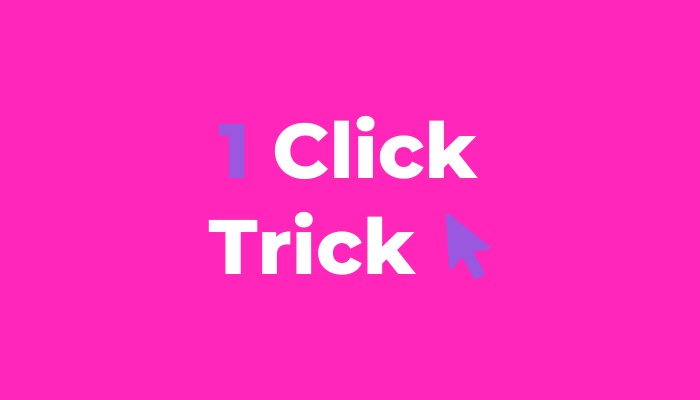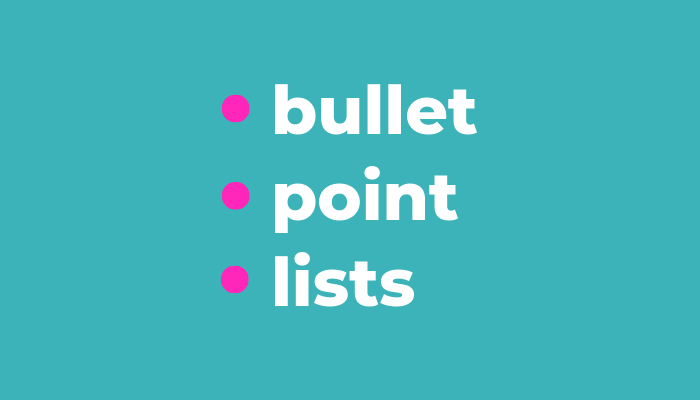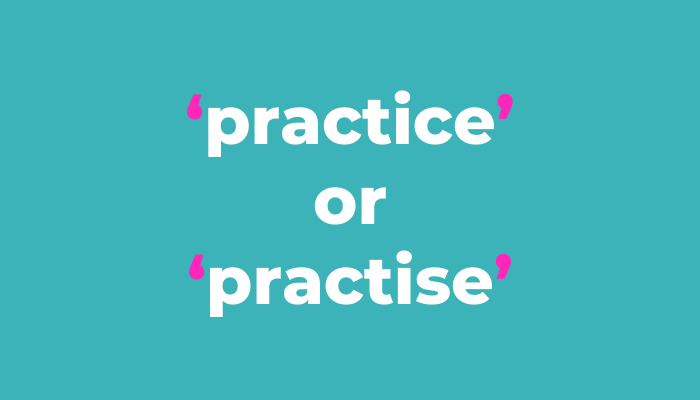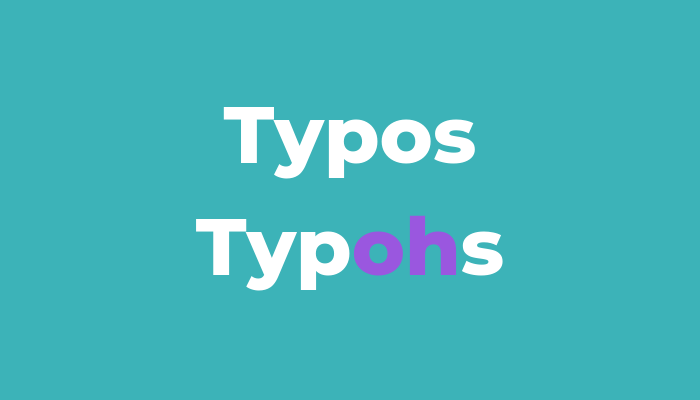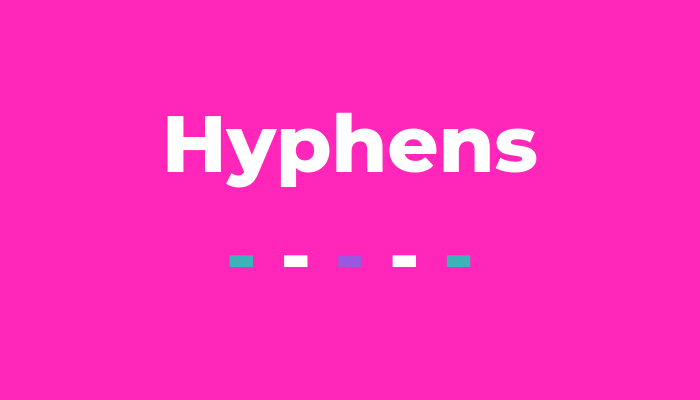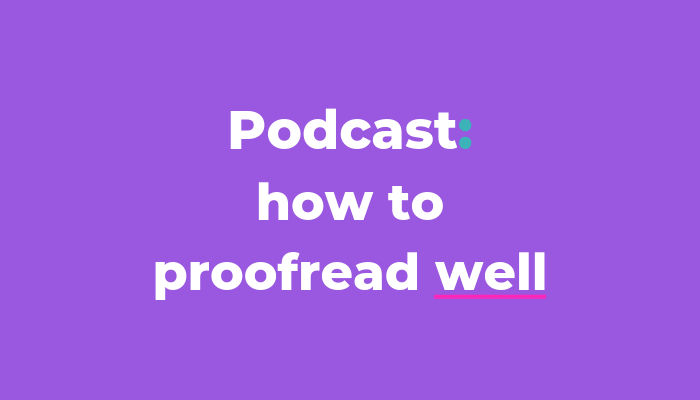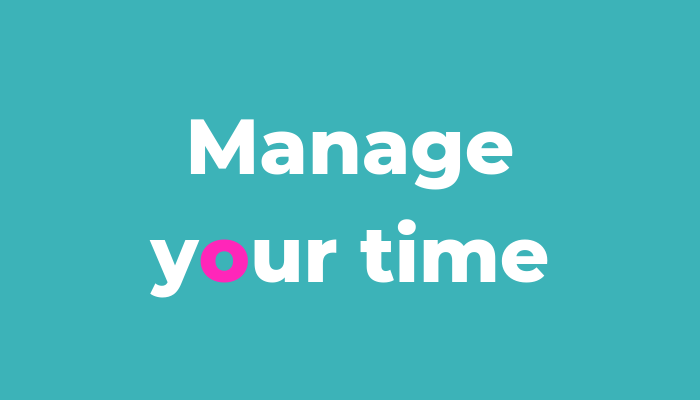What’s the difference between an en dash and em dash?
There are hyphens. Then there are dashes. There’s the en dash. Then there’s the em dash.
And these diddy lines can cause all sorts of confusion when you’re writing your marketing copy. If you spot them at all.
At a glance, you might not notice the difference between these three punctuation marks. And even if you do, they’re not the easiest things to add in when you actually want to use them.
So let’s break down the difference between an en dash and an em dash. And I’ll tell you exactly where you can find them.
A fine line
Let’s rule out the smallest of the three marks.
Here’s the hyphen: /-/
It’s used to create a compound word. It gathers two words together and snuggles them in without any spaces. We need these so there’s no uncertainty and confusion in meaning.
Compare these...
Is Brenda living her best life with some extra marital sex? Lucky Bernadette! After eight years together they’re gearing things back up.
Or is Brenda having extra-marital sex? I bet it’s with Tabitha. From book club. Tut.
We’re not looking at these here. So head over to how to use hyphens for the ins and outs
Cut a dash
Now onto the dashes.
Here’s the en dash: /–/
It’s the width of an ‘n’ and it shows an inclusive range. A ‘from and to’ situation. And there are no spaces.
Rule 1: Book club was 7–10pm.
You don’t use ‘from’ or ‘between’ with an en dash. If you want to use it then you need a ‘to’ between the range instead. Like this…
Rule 2: Book club ran from 7pm to 10pm.
And this is the em dash: /—/
Unsurprisingly, it’s around the width of an ‘m’ and there are no spaces either side either. Here are the three ways you’ll most likely use it.
Rule 1: When more emphasis is needed than a pair of commas, or just like a pair of brackets. We don't use this so much in UK English now. I'll fill you in on that later.
Book club—more like wine club—was every Wednesday night.
Rule 2: An aside or afterthought.
Last week’s book was Tipping the Velvet—she preferred Fingersmith.
Rule 3: A sudden break in speech.
“But Tabitha is just a—"
BUT…
In the UK, we tend to have ditched the em dash unless it’s for punctuating speech. Instead, we use the en dash with a space either side. It’s easier on the eye. You can use them to replace the en dash in rules 1 and 2 above. Like this…
Book club – more like wine club – was every Wednesday night.
Last week’s book was Tipping the Velvet – she preferred Fingersmith.
Slapdash
When we use Word it tries to make it easy for you to type the symbol you need. From now on, anything in forward slashes is what you need to key in. Don’t type the //.
Here’s what to type:
► En dash: /number space hyphen space number/ so /1999 - 2001/ to get /1999 – 2001/
► Em dash: /word hyphen hyphen word/ so /word--word/ to get /word—word/
BUT… that date range is wrong.
The ‘from and to’ ranges that use an en dash with numbers shouldn’t have a space either side of them. This autotyping in Word works well if we want to use an en dash with a space either side, like brackets. But not for ranges.
Keep an eye on what Word’s up to without you realising as you type.
Take a shortcut
You can type shortcuts so you don’t even need to look up from your screen. Make sure you have Number Lock switched on and use these keystrokes:
► En dash: /Ctrl+Minus/ and /Alt+0150/
► Em dash: /Ctrl+Alt+Minus/ and /Alt+0151/
But are you really going to remember those codes? I sure don’t.
And if you have a laptop that doesn’t have a number keypad on the right of the keyboard then it doesn’t even work.
It’s easier to insert the symbol manually. Then copy and paste if you need it again. Here’s how…
Choose your character
Head up to Insert on the toolbar. Click Symbol in Word or Special Characters in Google Docs. Look for the dashes.
It’s not always easy to tell which dash is which. If you hover over or click on it then it’ll tell you:
► En dash: symbol #45 or unicode /U+2013/
► Em dash: symbol #190 or unicode /U+2014/
Work it on the web
If you’re writing for the web, you DO need to type in a code to get your dashes. (There isn’t at the time of writing, but that might change). Instead, you need to write your copy in HTML or markdown and use these codes:
En dash: /–/ or /–/
Em dash: /—/ or /—/
(I know, I know, the bullets are inconsistent. The markdown text box I’ve used so far in this article converts the keystrokes to the symbols, so I’ve had to use a basic text box to spell them out for you.)
Oh, dash it!
What if you don’t want to mess with HTML or add markdown blocks to your webpage?
Don’t if you don’t want to.
I hardly use them for the web these days as it’s more effort. I use punchier sentences instead. And I’ve developed my writing style from it.
You can’t type dashes straight into social media posts either. You can copy and paste them. But, really? It’s a lot of faffing around for something we consume and scroll past so quickly.
So don’t do that either if you don’t want to.
The punctuation. The point?
For those that know the difference between a hyphen, en dash and em dash, it makes it easier to follow the flow of a sentence. If we see something that’s not correct, it’s a distraction. And, ideally, we don’t want distractions.
I don’t work on books. But if you’re writing to publish (or self-publish) your work, you need to get it right.
Writing white papers, pitch decks or account based marketing copy? If you’re writing anything that’s got a whopping financial element to it, you need to get it right. Don’t risk all that marketing insight and effort. Or the money.
Then there’s web copy. If you already write in HTML or markdown then add it in whilst you’re in there. If you’re selling your copywriting and marketing expertise, you want to show you know your stuff.
But social media? I don’t personally see the point. Yes, you’re there to sell. If you’ve already written the post in Word and are copying it across then include it. But fannying about just to copy and paste a symbol isn’t the best use of your time.
There’s no loss of meaning. And there’s no point me telling you to do something that I wouldn’t do. I’d adjust the sentence to remove the dash, rather than use something I knew was incorrect. But that’s me.
Yep, some people will notice. Some people will wince. They’ll live.
Mad dash
Just like any other punctuation, dashes are there to help us understand what’s being said.
En dashes make ranges clear. Em dashes give us more options to choose how we pace a sentence. They show when we’re adding a little something extra. En dashes can do that for us too if we like a more clean and clear style.
If you’re writing high-end copy that’s not going online, follow the rules.
If you’re writing for the web, it’d be nice. Especially if words are your thing.
But for social media? If you ask me, it’s a nope.
And if you want to keep track of your style decisions, the Proofreading for Marketing guide has space to note your choices aaaand leads you through each proofing stage. Make it all easier for yourself!

